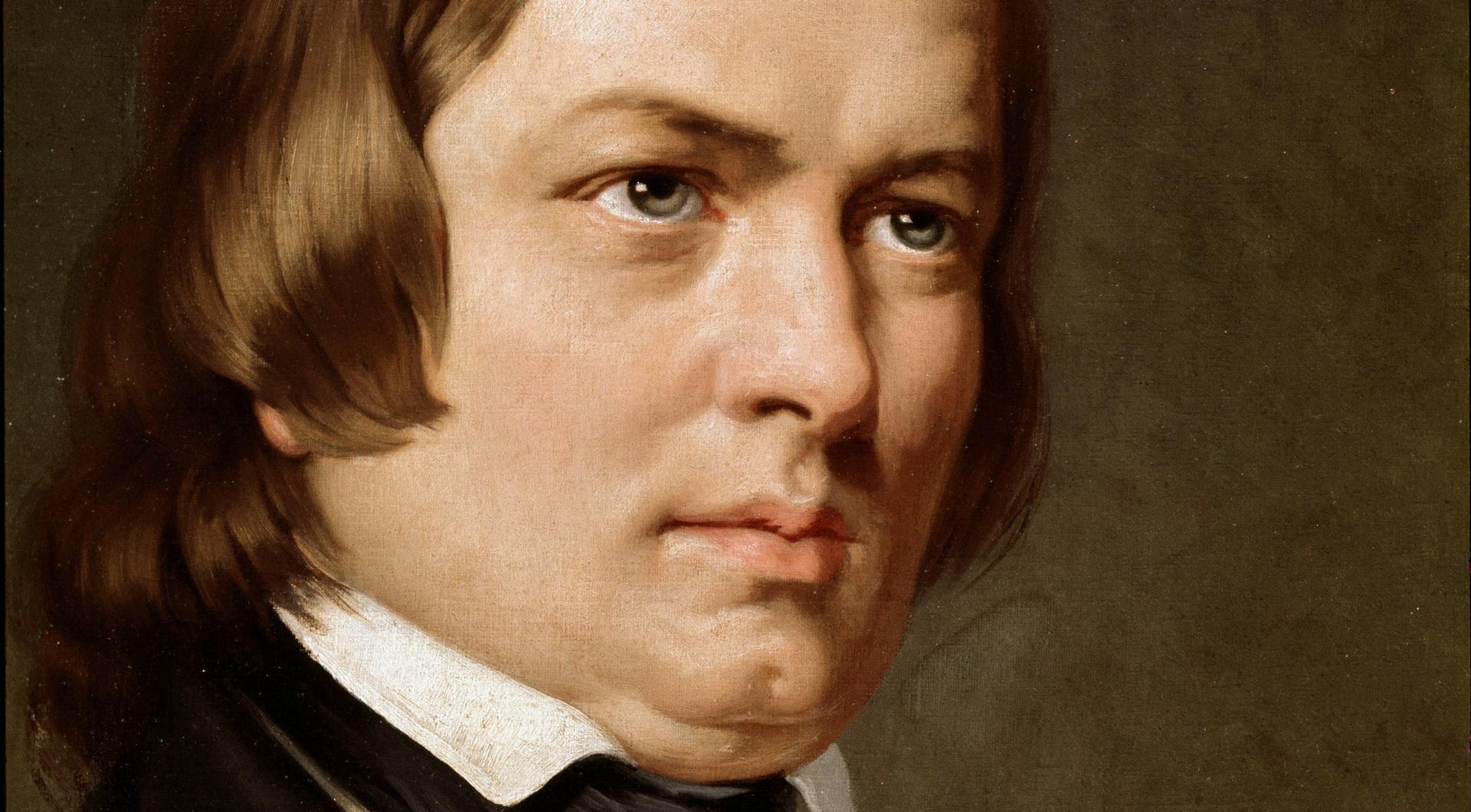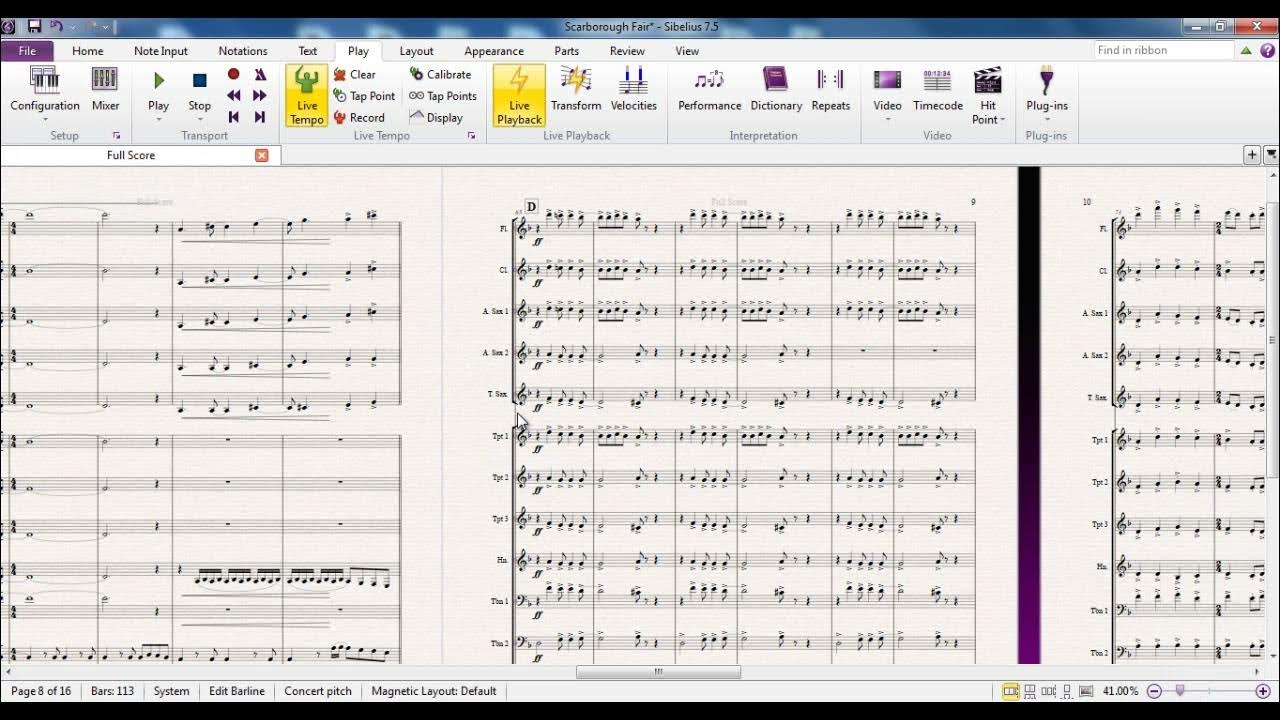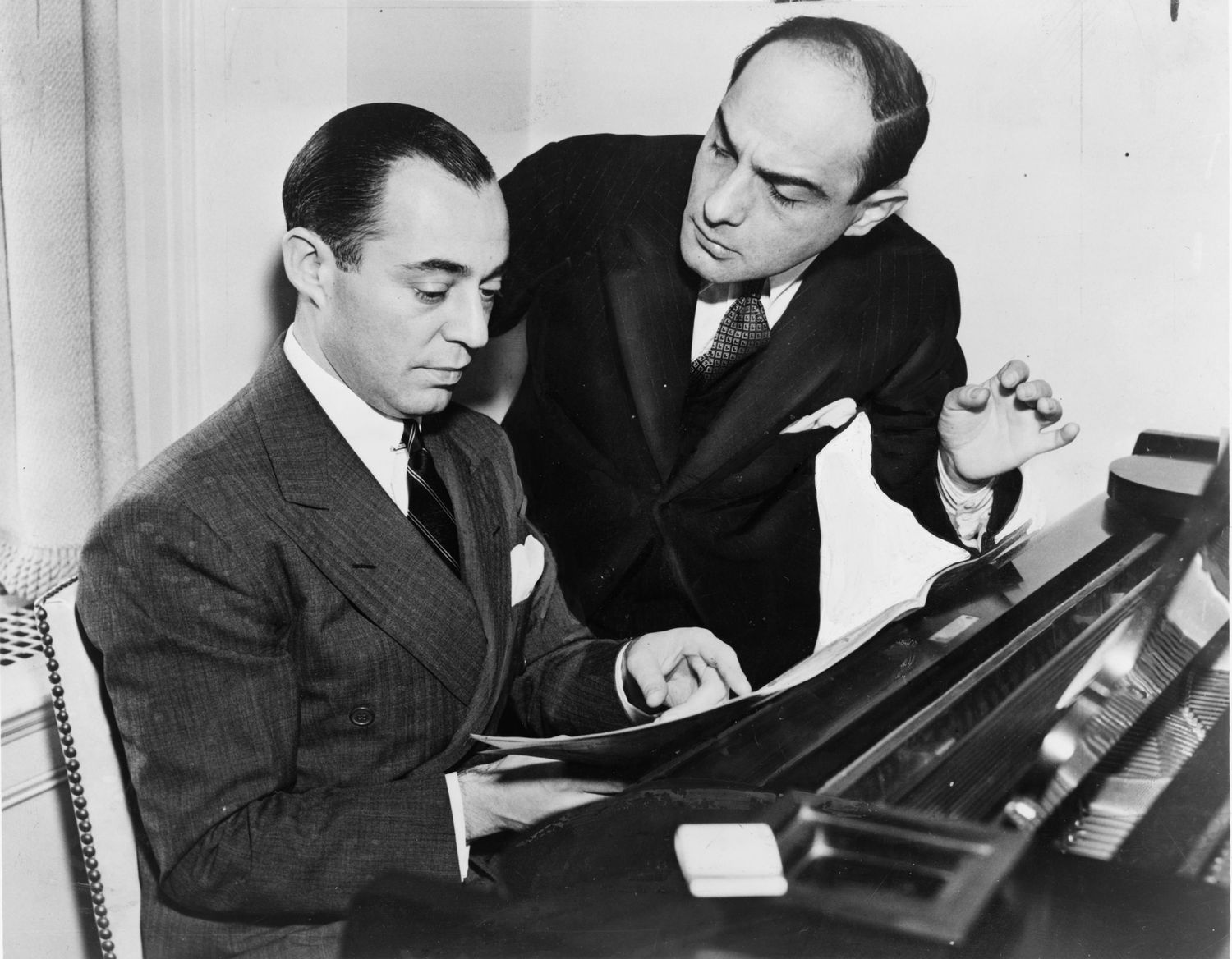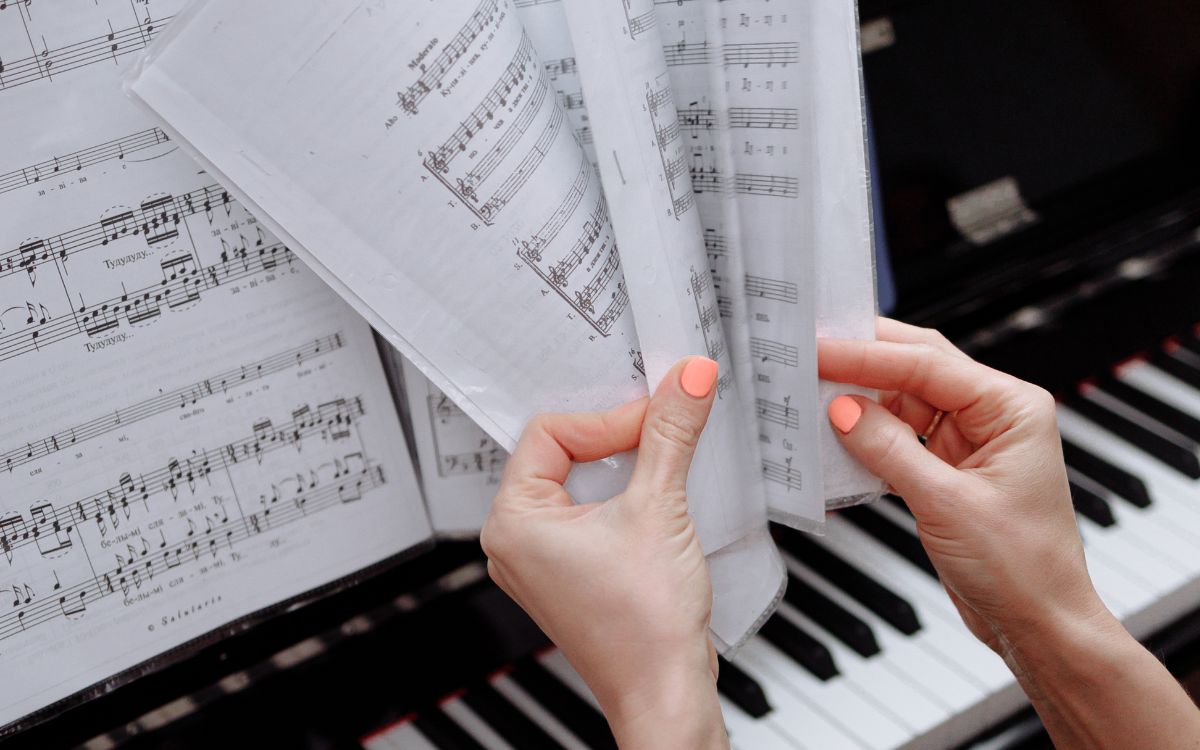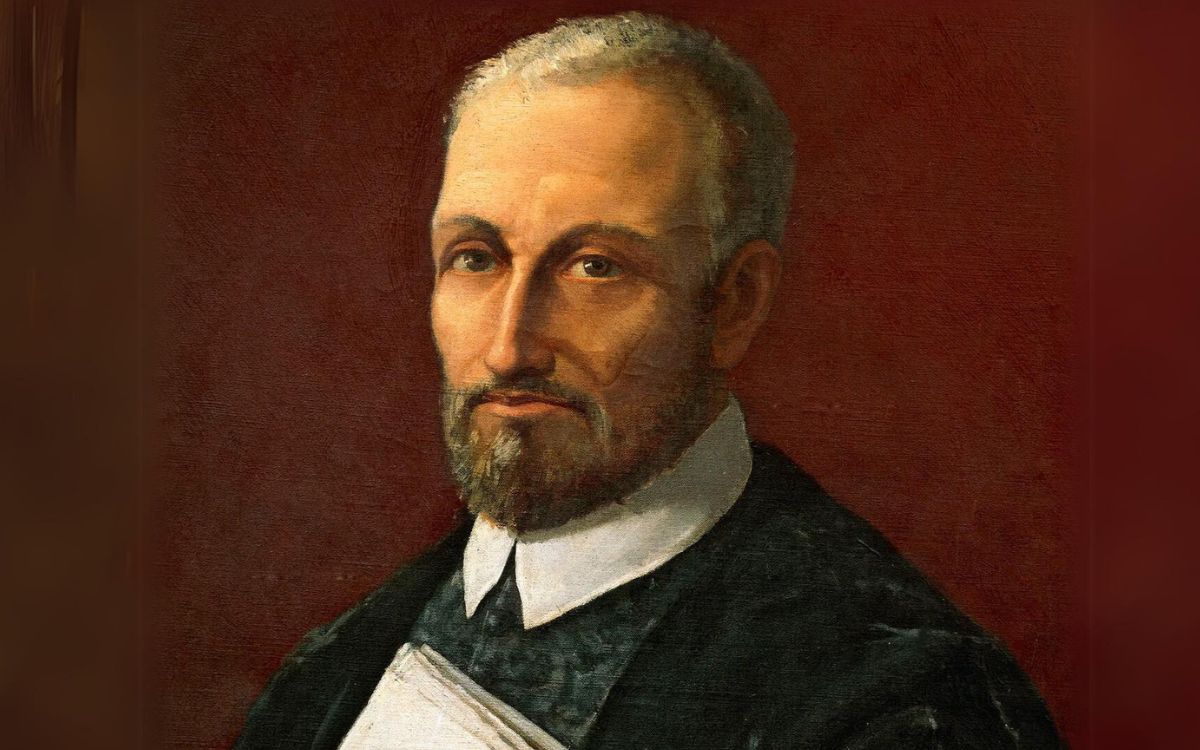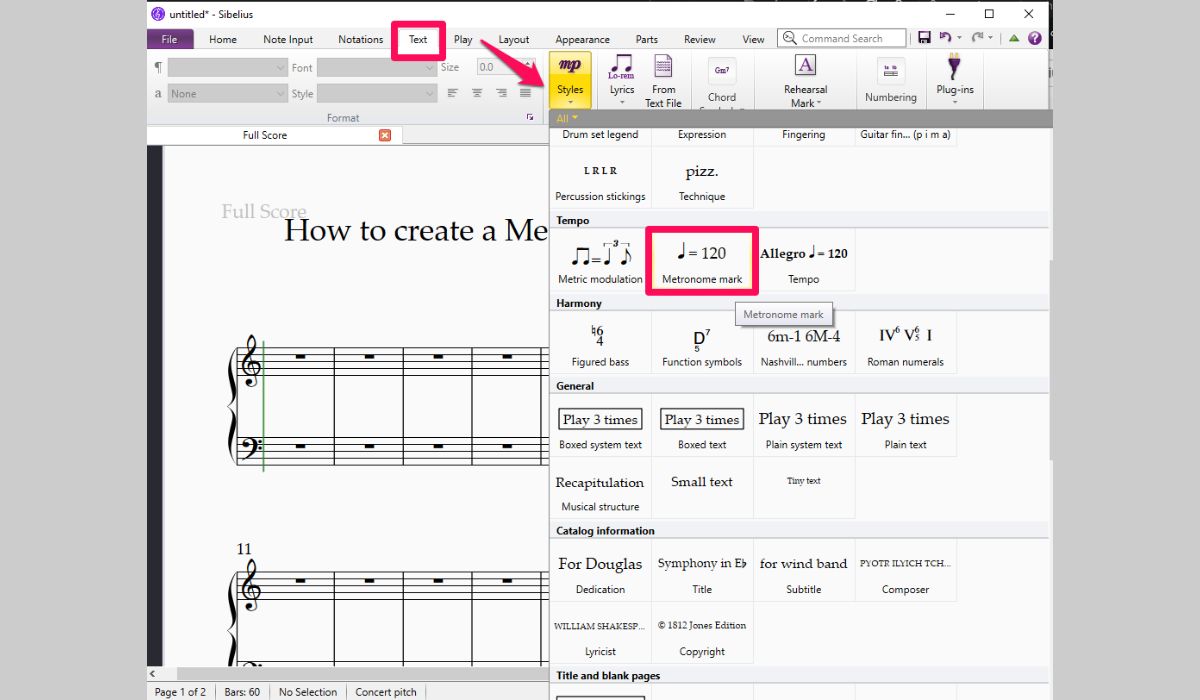Home>Production & Technology>Composer>What Nationality Was The Composer Jean Sibelius?
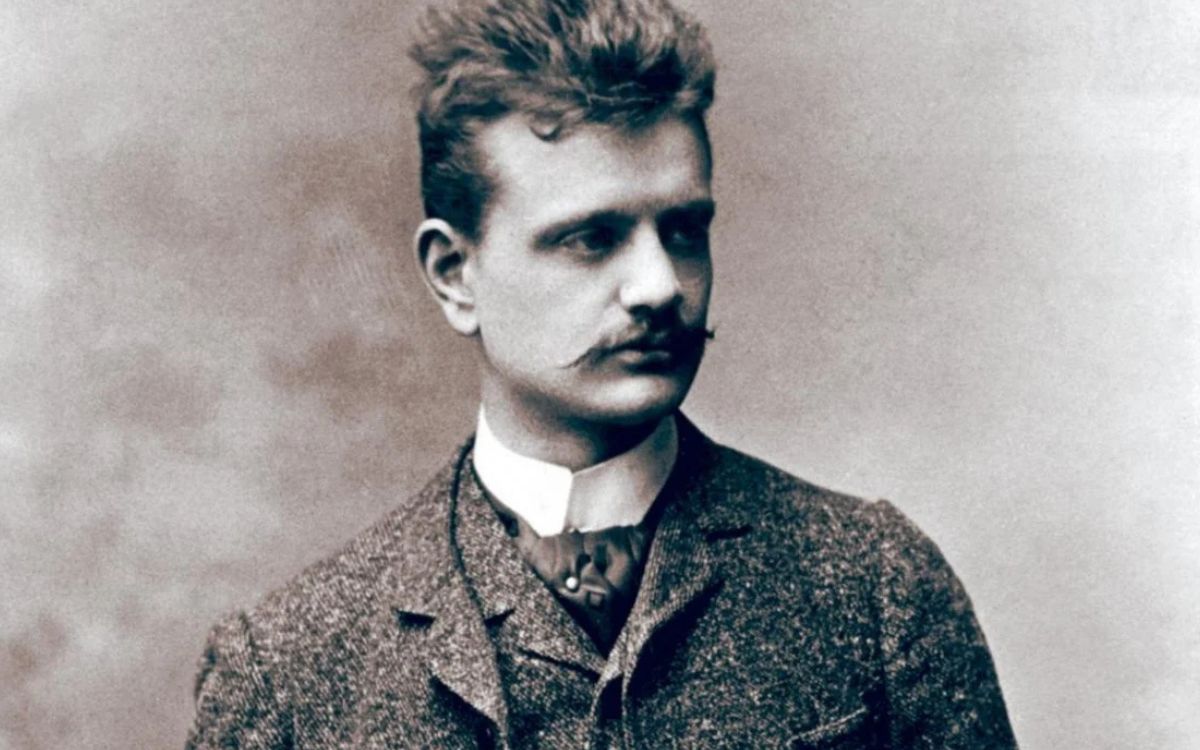

Composer
What Nationality Was The Composer Jean Sibelius?
Modified: January 22, 2024
Discover the nationality of renowned composer Jean Sibelius. Explore the life and works of this talented composer's cultural heritage.
(Many of the links in this article redirect to a specific reviewed product. Your purchase of these products through affiliate links helps to generate commission for AudioLover.com, at no extra cost. Learn more)
Table of Contents
Introduction
Jean Sibelius was an acclaimed composer whose music continues to captivate audiences worldwide. Born on December 8, 1865, in Hämeenlinna, Finland, Sibelius is widely regarded as one of the most important Finnish composers of all time. His compositions, characterized by their distinct Nordic touch and emotional depth, have made a lasting impact on the classical music world.
From a young age, Sibelius displayed an innate talent for music and a deep connection with his Finnish roots. His early exposure to the rich musical traditions of Finland, coupled with his education and experiences abroad, shaped his unique musical style and helped establish him as a prominent figure in the late Romantic era.
Sibelius’s compositions often drew inspiration from Finnish folklore, nature, and the grandeur of his homeland. His strong sense of national identity, coupled with his mastery of composition, made him a symbol of Finnish culture and pride.
Throughout his career, Sibelius composed numerous symphonies, tone poems, chamber music, and choral works. He ventured beyond the confines of traditional classical music and incorporated elements of Finnish folk music into his compositions, giving rise to a distinct and evocative musical language.
Despite achieving great success and international acclaim during his lifetime, Sibelius experienced periods of self-doubt and struggled with his own creative process. Throughout his life, he constantly revised and refined his works, presenting new versions and alternative endings to his compositions. This dedication to perfectionism and the constant pursuit of artistic excellence added to the complexity and depth of his music.
In this article, we will explore the life, influences, and musical contributions of Jean Sibelius. We will delve into his unique sound, his impact on Finnish culture, and the controversies and criticisms surrounding his work. Join us on this journey to discover the brilliance of one of Finland’s greatest composers.
Early Life and Education
Jean Sibelius was born on December 8, 1865, in Hämeenlinna, a small town in the Grand Duchy of Finland, which was then part of the Russian Empire. He came from a Swedish-speaking family, and his parents, Christian Gustaf Sibelius and Maria Charlotta Sibelius, belonged to the Finnish-speaking majority in the region.
From a young age, Sibelius demonstrated a natural talent for music. He began receiving violin lessons at the age of nine and quickly showed remarkable progress. His early musical education was influenced by his maternal uncle, Pehr Ferdinand Svonberg, a conductor and composer.
After completing his basic education, Sibelius enrolled at the Helsinki Music Institute (now the Sibelius Academy) in 1885. There, he studied composition, music theory, and violin under the guidance of prominent teachers, including Martin Wegelius.
During his time at the Helsinki Music Institute, Sibelius immersed himself in the rich musical traditions of Finland. He discovered the national epic, the Kalevala, and drew inspiration from its folklore and mythology, incorporating these themes into his compositions.
Seeking further education and exposure to different musical trends, Sibelius traveled to Berlin in 1889 to study with Albert Becker. The time spent in Berlin broadened his horizons and exposed him to the works of renowned composers such as Richard Wagner and Richard Strauss.
Upon returning to Finland, Sibelius began to establish himself as a respected and talented composer. His compositions, such as the Kullervo Symphony and the tone poem En saga, showcased his emerging style and impressed the Finnish music community.
In 1892, Sibelius married Aino Järnefelt, the daughter of General Alexander Järnefelt. The couple went on to have six daughters, providing Sibelius with a stable and supportive family life throughout his career.
Overall, Sibelius’s early life and education laid the foundation for his distinctive musical style and deep connection to Finnish culture. His exposure to both traditional Finnish music and the trends of the European classical music scene shaped his individual approach and set the stage for his future accomplishments as a composer.
Musical Journey and Career
Jean Sibelius embarked on a remarkable musical journey that spanned several decades. His career can be characterized by a dedication to his craft, a relentless pursuit of perfection, and an unwavering commitment to his Finnish roots.
After completing his education, Sibelius began to gain recognition as a composer. In 1899, he received a state grant, which allowed him to focus on composition without financial constraints. This support played a crucial role in his artistic development and contributed to the creation of some of his most celebrated works.
Sibelius’s breakthrough came with the composition of his tone poem, Finlandia, in 1899. The piece became a powerful symbol of Finnish nationalism and expressed the struggle of the Finnish people against Russian oppression. Its stirring melodies and dramatic orchestration captured the hearts of audiences and solidified Sibelius’s position as a leading composer.
Throughout his career, Sibelius composed seven symphonies, each displaying his mastery of orchestral writing. His symphonies were renowned for their power, emotional depth, and innovative use of orchestration. The most famous among them is Symphony No. 2 in D major, considered a masterpiece of the Romantic symphonic tradition.
Aside from symphonic works, Sibelius also composed chamber music, including string quartets, as well as choral compositions and songs. Notably, his Violin Concerto in D minor, Op. 47, stands as one of the most challenging and compelling works in the violin repertoire.
Despite his success and growing international recognition, Sibelius was known for his self-critical nature. He often revised and refined his compositions, sometimes to the frustration of his publishers and performers. This commitment to perfectionism resulted in multiple versions of some of his works, as he strived for the exact expression of his musical vision.
Sibelius continued his musical journey with the composition of his tone poem, Tapiola, in 1926. It showcased his mature style and demonstrated a profound connection to nature, drawing inspiration from the Finnish forest and its mystical atmosphere.
However, the later years of Sibelius’s career were marked by a decline in productivity. In 1927, at the age of 62, he held his final public performance as a conductor and gradually withdrew from the music scene. Despite this, his influence on Finnish and international music remained significant, and his works continued to be performed and admired by musicians and audiences alike.
Overall, Jean Sibelius’s musical journey and career encapsulate a deep devotion to his art and an unwavering commitment to his Finnish heritage. His compositions, marked by their power, emotion, and unique voice, have left an indelible mark on the world of classical music.
Influences and Style
Jean Sibelius’s musical style was shaped by a variety of influences, ranging from Finnish folk music to the works of European composers. These influences, combined with his own creative vision, resulted in a distinct sound that is often described as evocative, atmospheric, and deeply expressive.
One of the most significant influences on Sibelius was Finnish folk music. He immersed himself in the melodies, rhythms, and themes of traditional Finnish tunes, drawing inspiration from the rich musical heritage of his homeland. This incorporation of folk elements into his compositions gave his music a distinct nationalistic character and played a pivotal role in establishing Sibelius as a champion of Finnish culture and identity.
Another influential figure in Sibelius’s musical development was the German composer Richard Wagner. Sibelius was captivated by Wagner’s use of leitmotifs, complex harmonic language, and expansive orchestration. He admired Wagner’s ability to create dramatic and immersive musical landscapes, and these influences can be heard in Sibelius’s own symphonic works, particularly in terms of their emotional intensity and lush orchestration.
The natural landscape of Finland also had a profound impact on Sibelius’s style. The grandeur of the Finnish forests, lakes, and landscapes found its way into his compositions, infusing them with a sense of awe, tranquility, and spiritual depth. Whether it was depicting the majestic power of the northern lights or the serene beauty of a summer night, Sibelius had a knack for translating the natural world into powerful music.
Sibelius’s style can be characterized by his use of expansive melodies, often created through long-breathed phrases and soaring themes. His music is filled with lush harmonies, sweeping orchestral textures, and dynamic contrasts that contribute to its emotional impact. He employed innovative orchestration techniques, using instruments to evoke different moods and colors, further enhancing the expressive power of his compositions.
In addition to his use of nationalistic and folk elements, Sibelius also embraced the late Romantic tradition. His symphonic works bear resemblances to the symphonic structures and forms of composers such as Beethoven and Brahms. However, Sibelius brought his own unique voice to these traditions, infusing them with his distinctive Finnish identity.
Overall, Jean Sibelius’s influences and style reflect a deep connection to his Finnish roots, a fascination with nature, and a desire to evoke powerful emotions through music. His ability to blend nationalistic elements with a broader European musical tradition resulted in a style that is both deeply personal and universally impactful.
Recognition and Legacy
Jean Sibelius’s contributions to the world of classical music have earned him widespread recognition and a lasting legacy. His unique musical style, nationalistic compositions, and unwavering commitment to his Finnish roots have solidified his position as one of the great composers of the 20th century.
During his lifetime, Sibelius received numerous honors and awards for his musical achievements. In 1915, he was awarded the Finnish Order of the Lion, a prestigious recognition of his significant contributions to Finnish culture and music. As his fame grew, Sibelius gained international recognition, receiving honorary doctorates from prestigious universities such as Oxford, Cambridge, and Helsinki.
Sibelius’s Symphony No. 5 and Symphony No. 7, in particular, garnered widespread acclaim and further solidified his reputation as a masterful symphonist. These works, along with Finlandia, became synonymous with Finnish national identity and were performed and celebrated across the globe.
Despite the critical success of his compositions, Sibelius faced challenges in his later years. In 1939, Finland was embroiled in the Winter War and World War II, which greatly impacted the cultural landscape of the country. Sibelius’s compositions were seen by some as a symbol of Finnish defiance and resilience during these difficult times.
Posthumously, Sibelius’s work continues to be celebrated and cherished. His compositions are regularly performed by orchestras around the world, and his symphonies remain an integral part of the classical repertoire. His music captures the essence of Finnish culture, evoking the vast landscapes, deep forests, and rich mythology of his homeland.
In addition to his musical legacy, Sibelius’s influence extended to future generations of composers. His distinct style, nationalistic themes, and innovative orchestration techniques paved the way for Finnish composers who came after him, such as Einojuhani Rautavaara and Kaija Saariaho.
Sibelius’s impact on Finnish cultural identity cannot be overstated. His compositions have become an essential part of the Finnish national identity, with Finlandia even being considered the unofficial national anthem of Finland. His music has resonated deeply with the Finnish people, serving as a symbol of national pride and resilience.
Overall, Jean Sibelius’s recognition and legacy are a testament to his unparalleled contribution to the world of classical music. His compositions, with their distinctive style and nationalistic fervor, continue to inspire and engage audiences, ensuring that his legacy will endure for generations to come.
Controversies and Criticisms
While Jean Sibelius’s contributions to music are widely celebrated, his career was not without controversies and criticisms. Throughout his life, Sibelius faced scrutiny and differing opinions regarding his compositions, personal choices, and artistic decisions.
One of the main controversies surrounding Sibelius was his withdrawal from public life in his later years. After conducting his final public performance in 1927, he became increasingly reclusive and focused on his work in solitude. This retreat from the public eye led to speculation and criticism regarding his reasons for distancing himself from the music scene.
Another source of controversy was Sibelius’s constant revision and alteration of his compositions. He was known for revisiting his works and making changes even after their initial publication. This perfectionist approach often frustrated performers, conductors, and music publishers who struggled to keep up with the multiple versions of his works.
Furthermore, Sibelius’s relationship with the emerging modernist movement in music was a subject of debate. At a time when composers like Arnold Schoenberg and Igor Stravinsky were pushing the boundaries of traditional tonality, Sibelius chose to maintain a more conservative harmonic language. Some critics felt that his adherence to late Romanticism held him back artistically and prevented him from embracing the evolving musical trends of the 20th century.
Additionally, questions about Sibelius’s political views and alleged association with nationalist movements in Finland were raised. Some accused him of being sympathetic to far-right political ideologies, which led to debates about the underlying messages in his music and whether they carried political overtones.
Despite these controversies and criticisms, Sibelius’s impact on Finnish culture and the music world cannot be denied. His nationalist compositions, such as Finlandia, continue to resonate with audiences and serve as symbols of Finnish identity. The emotional depth and expressive power of his symphonies and tone poems have solidified his reputation as one of the great composers of the 20th century.
Moreover, many critics and music historians argue that Sibelius’s adherence to traditional tonality and his refusal to fully embrace modernism were deliberate choices, allowing him to fully explore the emotional depths of his compositions while staying true to his Finnish roots.
Ultimately, controversies and criticisms are inevitable for any prominent figure in the arts. Sibelius’s legacy, however, remains firmly established, with his music continuing to inspire and captivate audiences worldwide.
Personal Life and National Identity
Jean Sibelius’s personal life was intrinsically tied to his Finnish national identity. His deep connection to Finland and his unwavering pride in his heritage greatly influenced his compositions and shaped his persona as a composer.
Sibelius’s marriage to Aino Järnefelt in 1892 played a significant role in his personal and creative life. Aino, the daughter of General Alexander Järnefelt, provided him with unwavering support and stability throughout their marriage. Her presence allowed him to fully dedicate himself to his music and artistic endeavors.
Sibelius’s personal experiences, including his upbringing in a Swedish-speaking family in Finland, contributed to his complex sense of national identity. He strived to incorporate the Finnish cultural heritage and expression into his music, often drawing inspiration from Finnish folk traditions and the Finnish landscape.
His compositions, such as the Lemminkäinen Suite and the Karelia Suite, showcased his commitment to depict Finnish myths, legends, and historical events. By incorporating these themes into his music, Sibelius aimed to preserve and promote Finnish cultural identity both within Finland and on the international stage.
Throughout his life, Sibelius remained fiercely patriotic and sought to capture the essence of Finland in his compositions. His music became a symbol of Finnish resilience and aspiration for independence, especially during times of political turmoil.
Sibelius’s personal struggles and relationship with alcohol also impacted his creative life. He battled with alcoholism and underwent significant periods of abstinence to regain control over his life and artistic output. His journey towards sobriety was intertwined with his quest to further develop his nationalistic style and create music that reflected the distinct Finnish spirit.
Despite personal and professional challenges, Sibelius’s dedication to his national identity never wavered. His music became an expression of Finnish pride, capturing the emotions, landscapes, and cultural aspects of the Finnish people.
Today, Sibelius’s compositions are celebrated as an essential part of Finnish cultural heritage. His works are performed regularly in Finland and around the world, serving as a reminder of the power of art to reflect and preserve national identity.
Through his personal life and musical endeavors, Jean Sibelius left a lasting impact on the national identity of Finland and cemented his legacy as a defining figure in Finnish cultural history.
Final Years and Death
The final years of Jean Sibelius’s life were marked by a gradual withdrawal from public life and a focus on his artistic pursuits. After conducting his last public performance in 1927, Sibelius retreated to his home, Ainola, where he dedicated himself to composition and reflection.
During this period, Sibelius experienced a decline in his productivity, rarely completing new works. He spent much of his time revising and refining existing compositions, obsessively scrutinizing every detail to ensure perfection. This meticulous approach to his music often left him frustrated and dissatisfied.
Despite his creative challenges, Sibelius continued to receive accolades and recognition for his past achievements. In 1939, he was awarded the honor of “Master of the Royal Swedish Musikantown” and received a state pension from the Finnish government in appreciation of his contributions to Finnish culture.
Sibelius’s health began to deteriorate in his later years. In addition to struggling with the effects of a lifetime of heavy drinking, he battled with increasing respiratory issues. As a result, his output decreased, and he spent much of his time in quiet solitude.
On September 20, 1957, Jean Sibelius passed away at the age of 91 in Ainola, his beloved home. His death marked the end of an era for Finnish music and left a void in the hearts of music lovers worldwide.
Sibelius’s funeral became a national event, with thousands of mourners lining the streets of Helsinki to pay their respects. His contributions to Finnish culture and his impact on the world of classical music were celebrated, and his memory continues to be cherished to this day.
While Sibelius’s final years were largely marked by creative struggle, his legacy as one of Finland’s greatest composers lives on. His music remains a source of inspiration, touching the hearts and minds of listeners around the world and carrying forward the rich tradition of Finnish music.
Today, Ainola, the home Sibelius shared with his wife Aino, stands as a museum and tribute to his life and work. Visitors can explore the serene surroundings that once inspired him and gain insights into the mind of a musical genius.
As we remember the final years and passing of Jean Sibelius, we are reminded of his enduring influence on Finnish culture and his invaluable contributions to the world of classical music.
Conclusion
Jean Sibelius’s life and music have left an indelible mark on the world of classical music and on Finnish cultural identity. Born in Hämeenlinna, Finland, Sibelius’s deep connection to his homeland and his unwavering commitment to his Finnish roots influenced his compositions, which continue to captivate audiences with their emotional depth and evocative melodies.
From his early education in Helsinki to his studies abroad in Berlin, Sibelius’s journey as a composer was shaped by a range of influences. From Finnish folk traditions to the works of Wagner, he skillfully blended these influences into a unique style that captured the essence of Finland and its natural landscapes.
Throughout his career, Sibelius faced controversies and criticisms, from his withdrawal from public life to his resistance to fully embrace modernist trends in music. However, his commitment to perfectionism and his unwavering dedication to his Finnish identity remained unwavering. His compositions, such as Finlandia and his symphonies, continue to be celebrated as national treasures of Finland.
Despite the challenges he faced in his later years, Sibelius’s impact and legacy endure. His music remains an integral part of the Finnish cultural landscape, with his compositions being performed by orchestras around the world. His ability to capture the spirit of Finland and evoke deep emotions through his music has solidified his place as one of the great composers of the 20th century.
Jean Sibelius’s contributions to Finnish culture and music are a testament to the power of art to shape national identity and leave a lasting legacy. His music has become a symbol of Finnish pride, resilience, and a connection to nature. As we continue to explore and appreciate his works, we honor the brilliance of a composer who brought the beauty of Finland to the world stage.

